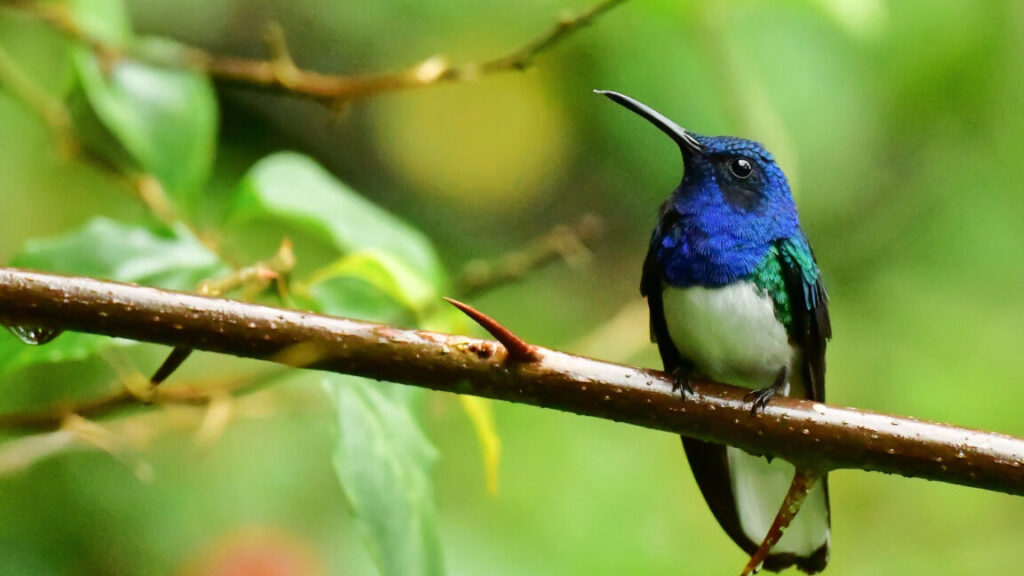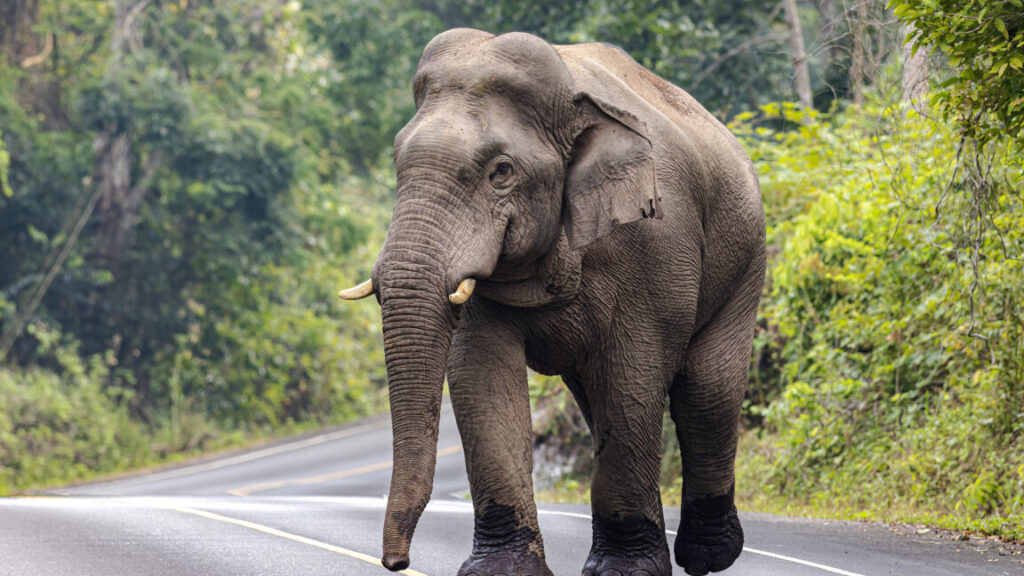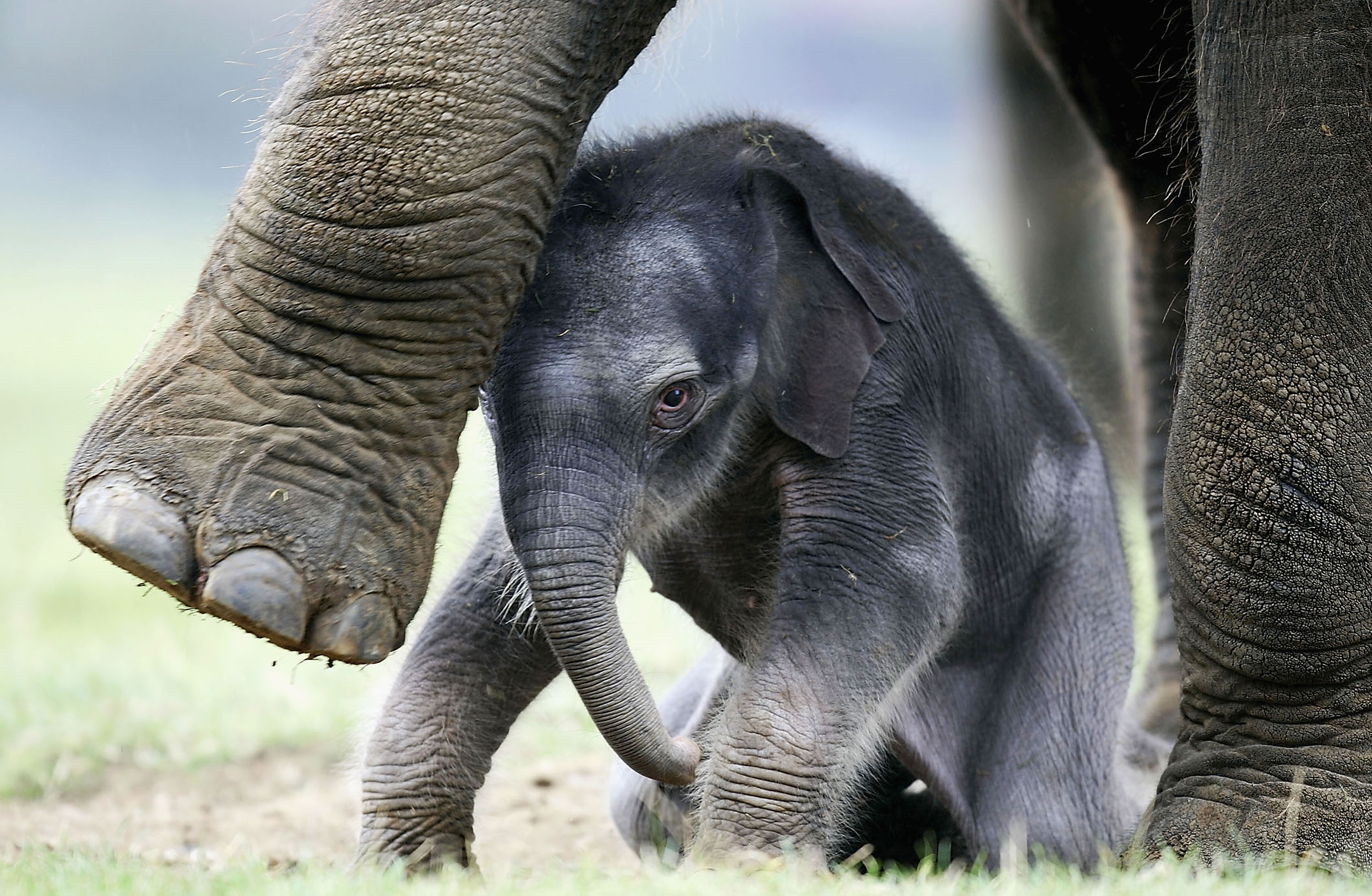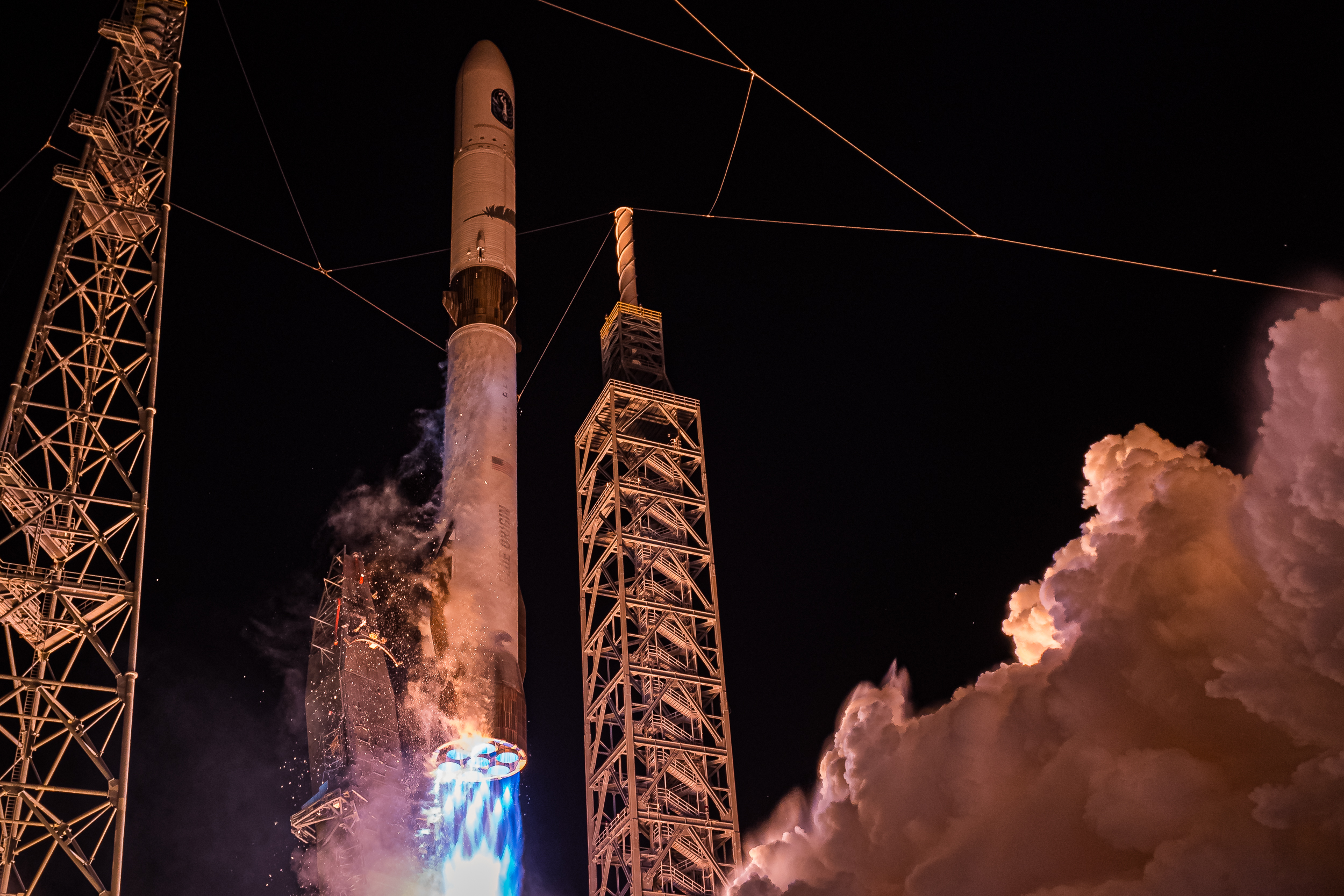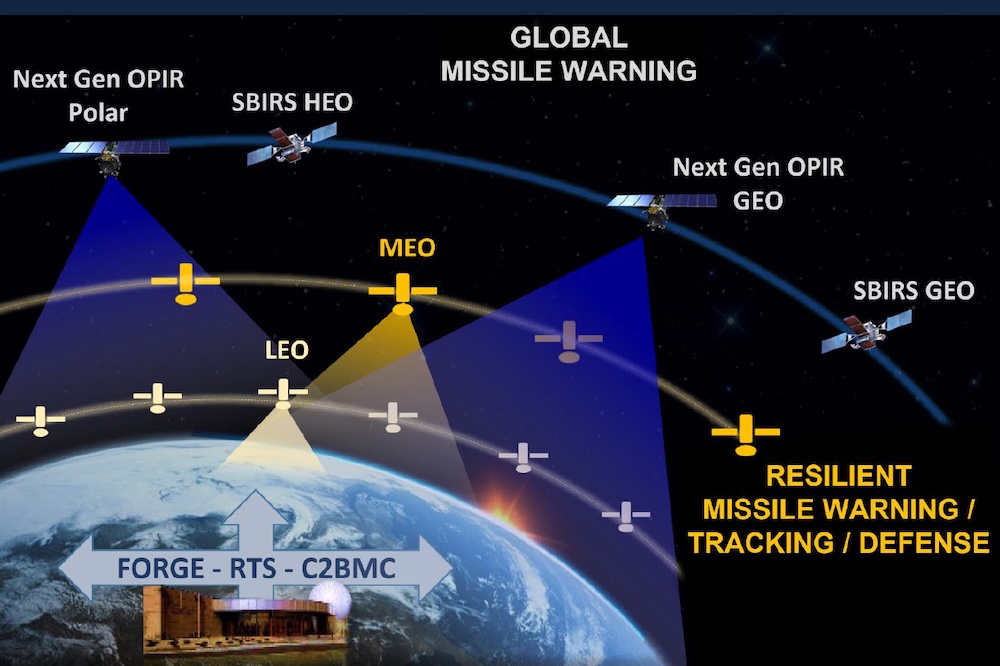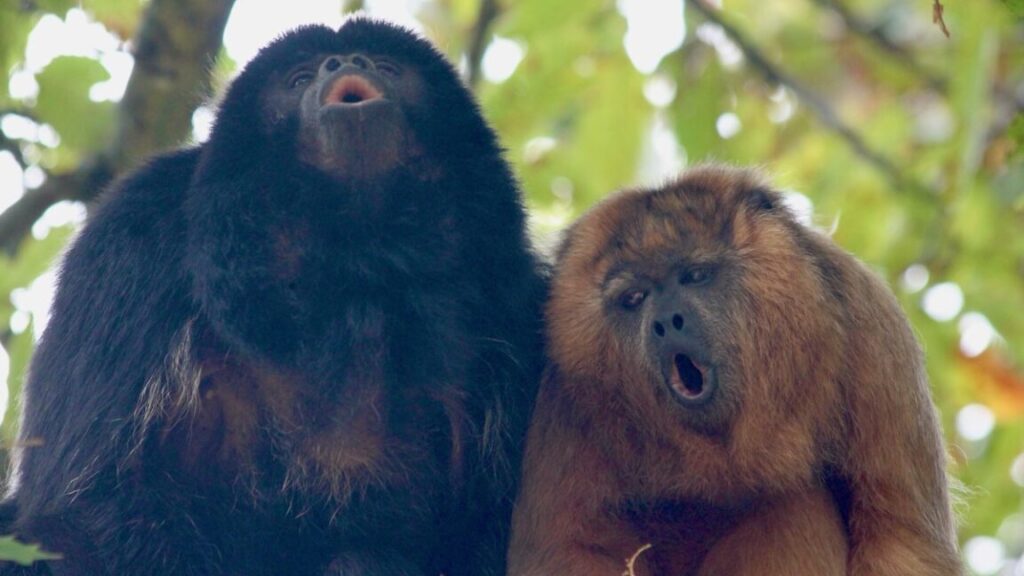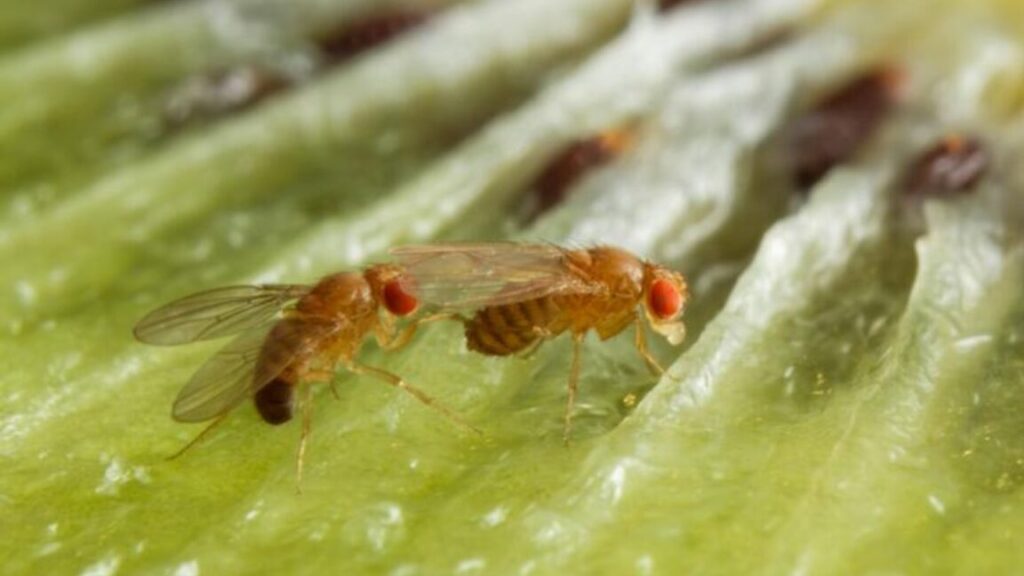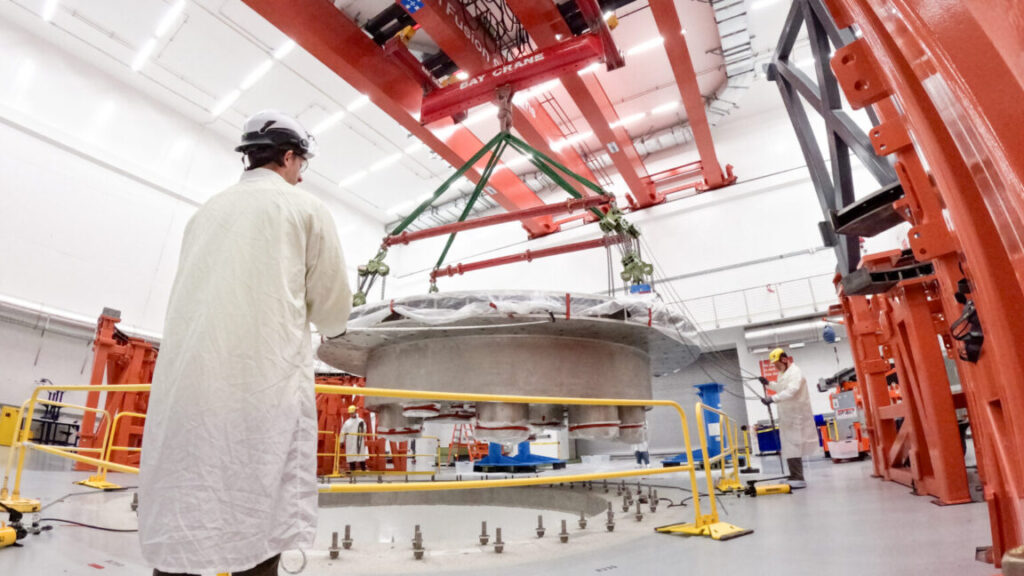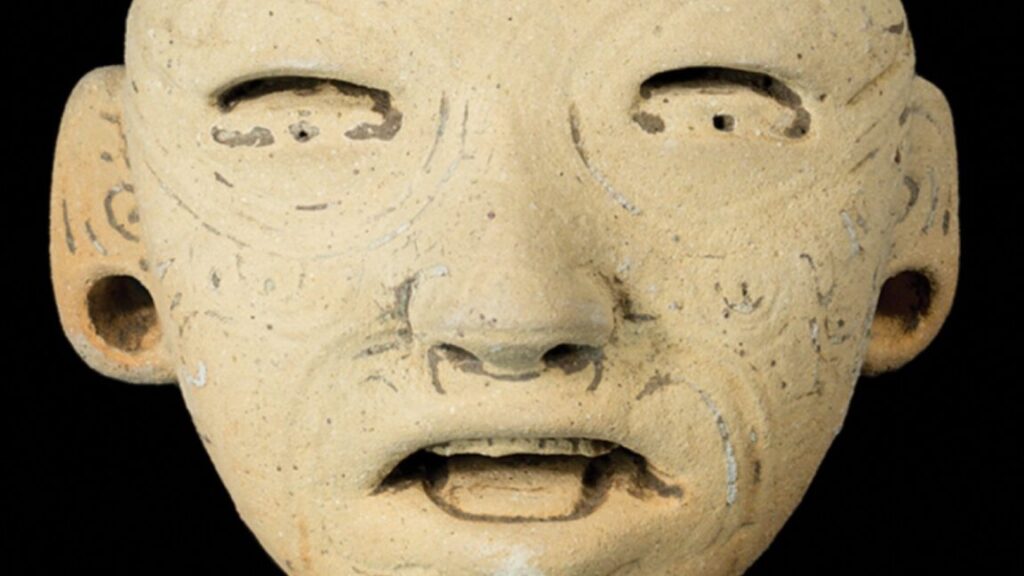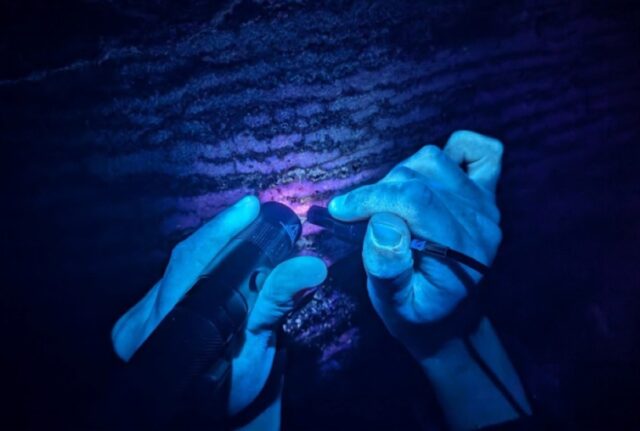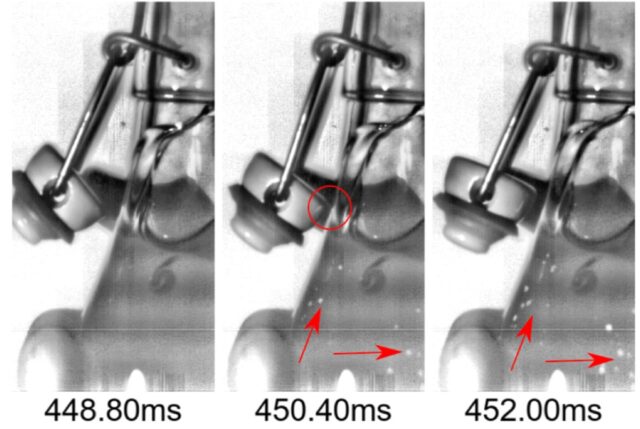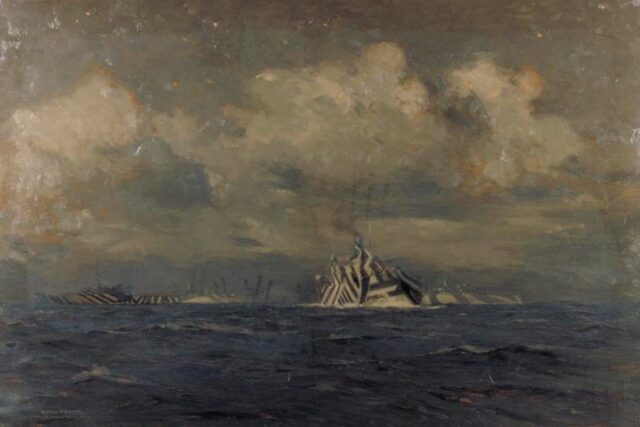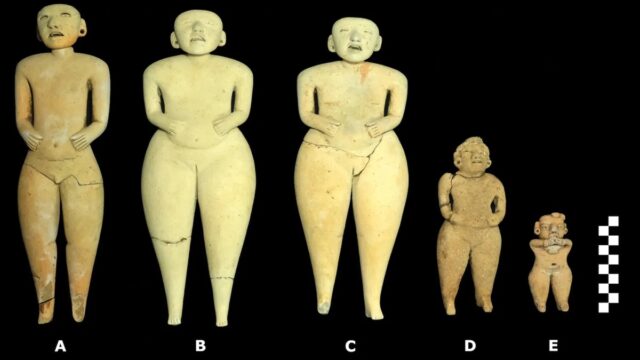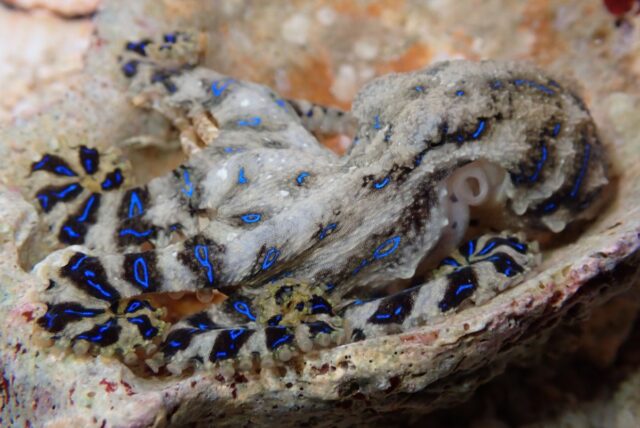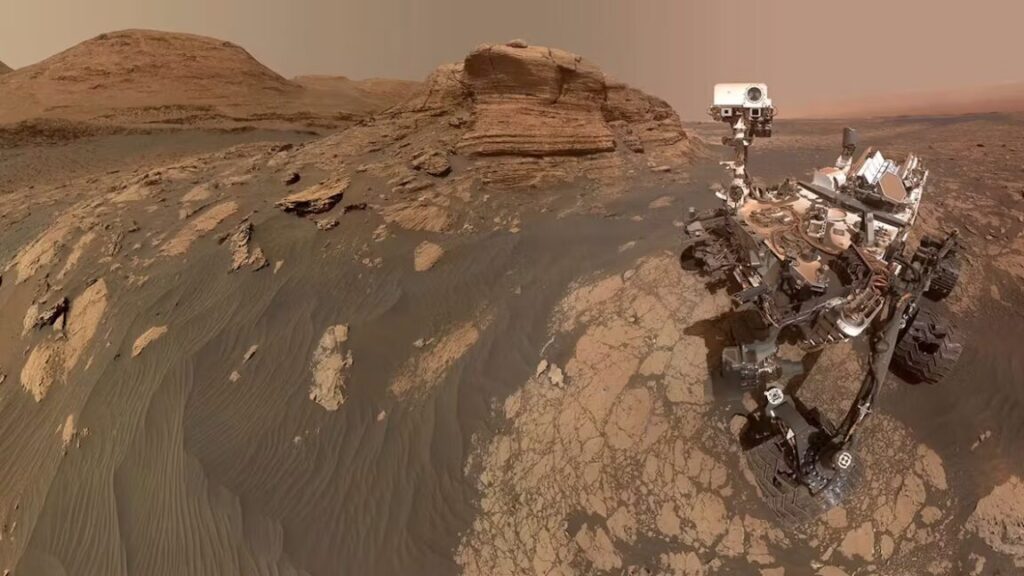Newly hatched hummingbird looks, acts like a toxic caterpillar
Further observation of the nest revealed that the female hummingbird had added to its hatchling’s caterpillar camouflage by lining the nest with hairy-looking material from the seeds of balsa trees. The researchers also noticed that, whenever they approached the nest to film, the chick would move its head upward and start shaking it sideways while its feathers stood on end. It was trying to make itself look threatening.
When the research team backed off, the hummingbird chick went back to laying low in its nest. They wondered whether it behaved this way with actual predators, but eventually saw a wasp known to prey on young hummingbirds creep close to the nest. The chick displayed the same behavior it had with humans, which succeeded in scaring the wasp off.
Falk determined that the feathers, color, and head-shaking were eerily similar to the larvae of moths in the Megalopygidae and Saturniidae families, which are also endemic to the region. They might not be the mirror image of a particular species, but they appear close enough that predators would consider themselves warned.
“The behavior of the white-necked jacobin, when approached by humans and a predatory wasp, resembles the sudden ‘thrashing’ or ‘jerking’ behavior exhibited by many caterpillars in response to disturbance, including in the habitat where this bird was found,” he said regarding the same study.
…now you don’t
Could there be an alternate explanation for this hummingbird cosplaying as a caterpillar? Maybe. The researchers think it’s possible that the long feathers that appear to mimic spines may have evolved as a form of crypsis, or camouflage that helps an organism blend in with its background. The balsa tree material that’s similar to the feathers obviously helped with this.
Newly hatched hummingbird looks, acts like a toxic caterpillar Read More »
